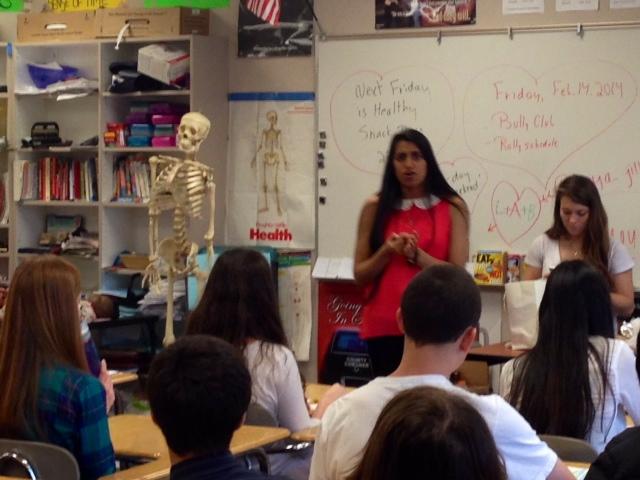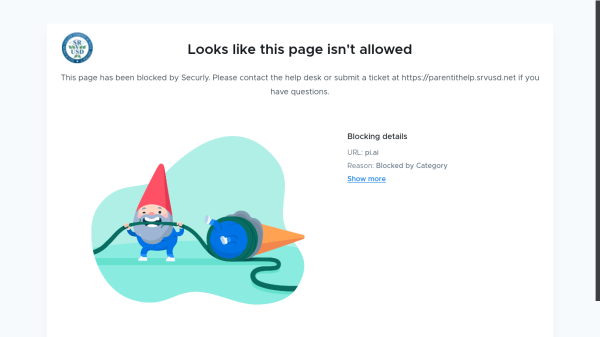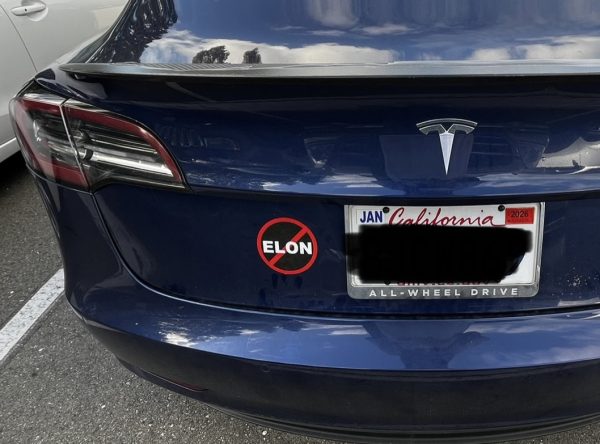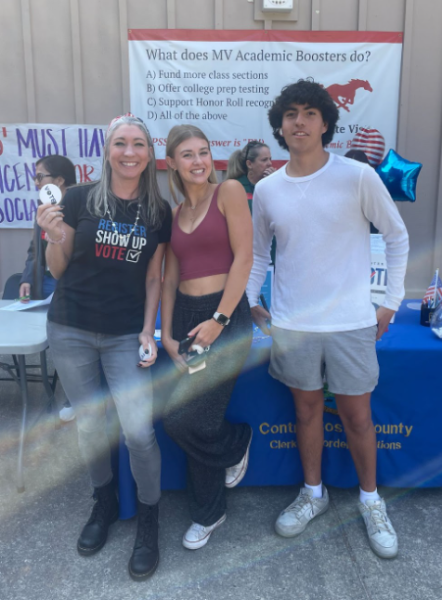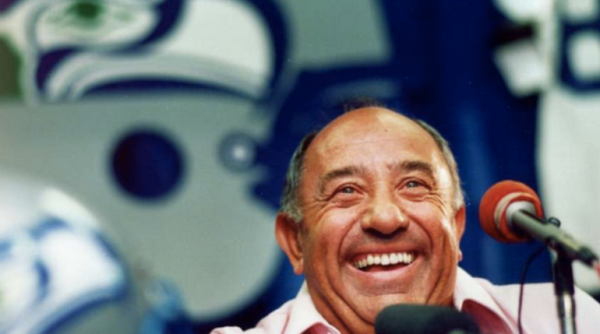The Bully Project
Aniya Gill, president of the Bully Project spoke with students in Mrs. Imbertson’s health class. The club helps spread awareness about bullying.
This year, a project completely original to itself opened its doors, the Bully Project.
As its first year at Monte Vista, members of the project look forward to sharing their inspiring stories to classmates, discuss how bullying has affected most everyone we associate ourselves with, and how to fix with it.
The Bully Project has opened its doors to the school community, encouraging students to share their experiences throughout their lives, and how bullying has played a part.
President Aniya Gill gave insight of what the program is about, how it has changed her life and the lives of students on campus, what lies ahead for the future, and other basic information about the program.
Q: What drove you to create the Bully Project? Was it based from your own experiences, or also of others?
A: Most of it wasn’t my own experience. It was usually because I knew so many people that have been bullied and i wanted to create this club because Monte Vista hasn’t had an anti-bullying club ever, so I think with this club we were allowed to create our own things, do our own things, but at the same time we were allowed to ring the mustang family together and do weeks like No Name Calling Awareness Week and Anti-bullying Week. So, I’d say it was the kids that have been bullied because I feel like they need a voice for someone to speak up for them.
Q: What do you plan to do with the program after high school? Start it in college? Outside of school altogether?
A: Definitely. It’s going to be outside of school. I don’t really know if colleges have clubs or not, but definitely it’s going to be outside of school. I still want to continue through Monte Vista, but if it doesn’t, I’d like it to be a whole campaign.
Q: How has the program changed the lives of some students on campus?
A: Well, a lot of students have come up to us right after we’ve spoken, and they’ve said they’ve wanted to tell us their story, so, we’ve gotten a lot of feedback, a lot of people have joined the club. Usually when we have club meetings, there’s about fifty or sixty kids, and I guess for them, it helped them come out of their shells and realize, ‘ Hey, I was bullied, it wasn’t okay, so here’s what I can do to help, and here’s what I can do to make it stop’, so a lot of them have reached out to us, and a lot of them have told us their stories, so I think that’s really nice.
Q: What gave you the strength to overcome bullying and how do you want to influence others from your experiences?
A: My mom helped me a lot through it, and my brother did too, so they were the main contributers that inspired me, and what I want to teach the kids is that there will always be someone here for you whether it’s the Bully Project or teachers, or anything like that, so we will be here for you.
Q: What kind of feedback have you gotten from the student body? Does it help the program?
A: Some schools don’t have a similar program, but what’s really cool is that Stone Valley Middle School asked us to speak, and a lot of other schools wanted to show the video that we made for No Name Calling Awareness Week. It’s really how other schools want to take part in our club and want us to speak at their schools.
Q: What typically goes on in a meeting? How often are meetings? How many people are apart of the Bully Project?
A: Meetings are every two weeks, we usually discuss current events about bullying, come up with new ideas about t-shirts, different school activities, what we can do to make the club better. We’ve been getting a lot of suggestions right now, and once we get some things in place, I think the Bully Project will get even better.


